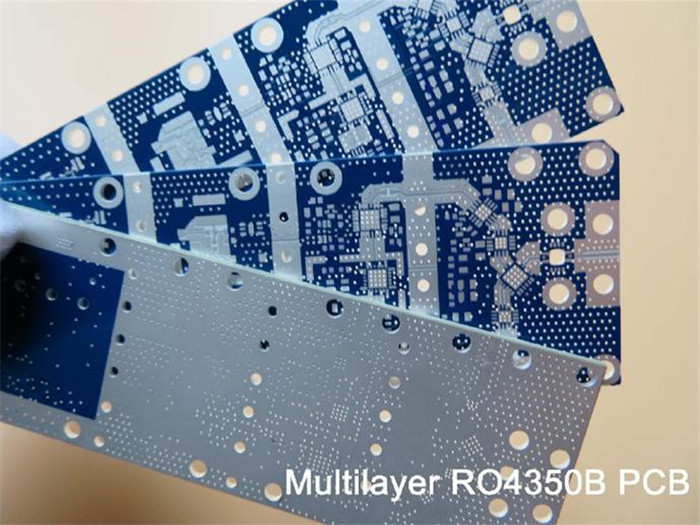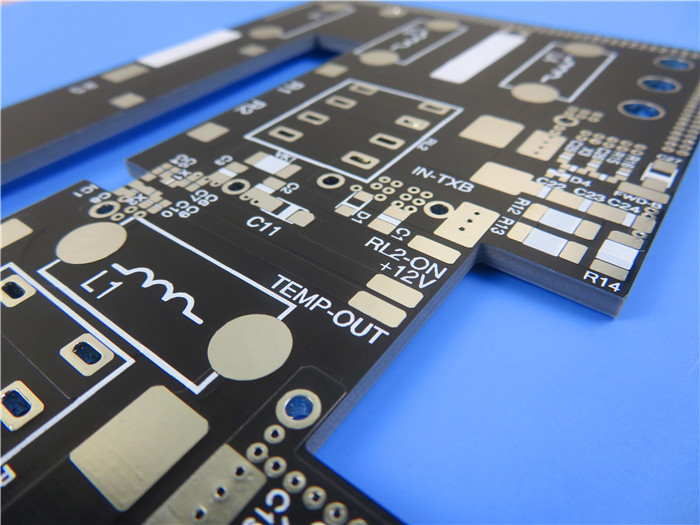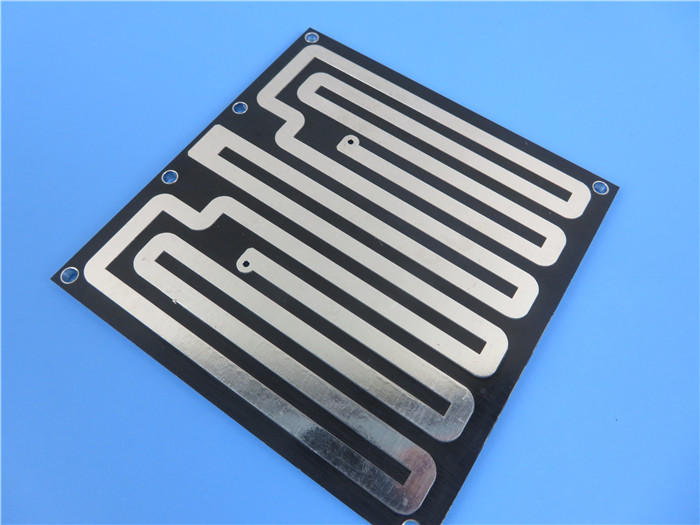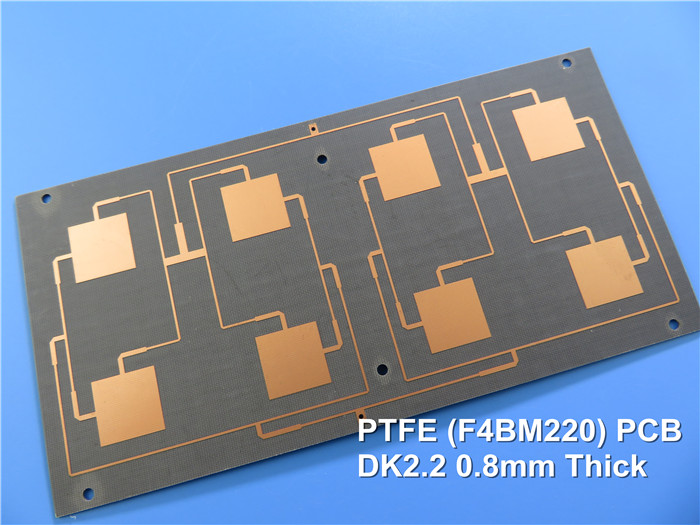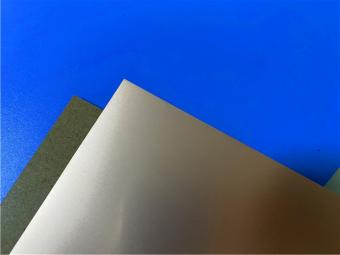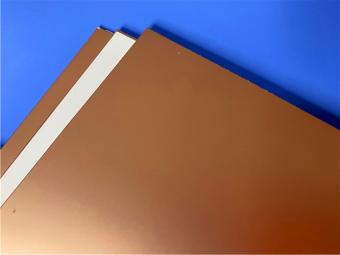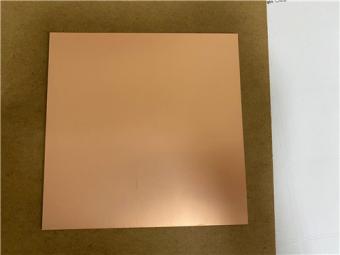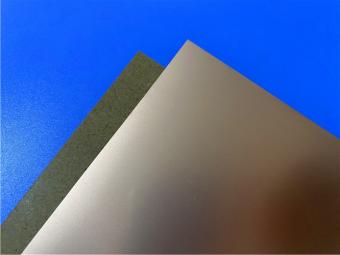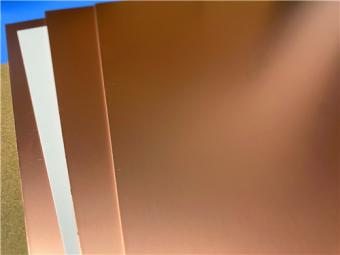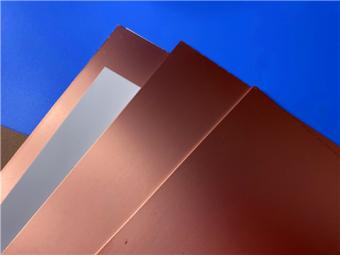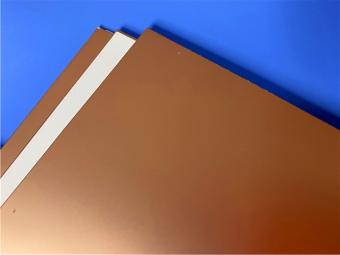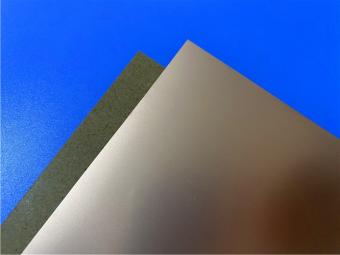How to Choose High-Frequency and High-Speed Materials
When selecting high frequency and high speed materials for PCB used in high frequency circuits, the DK value of PCB materials and their variation characteristics at different frequencies should be taken into account. DF and its performance under frequency, temperature, and humidity conditions will be investigated for requirements that focus on high-speed signal transmission or characteristic impedance control. In general, high-frequency and high-speed materials exhibit the law of large changes in DK and DF values as frequency changes. Their DK and DF values change more noticeably in the frequency range from 1 MHz to 1 GHz. For example, the DK value of general epoxy resin-glass fiber cloth based substrate material general FR-4 substrates is 4.7 at lMHz, but it changes to 4.19 at lGHz. Its DK value changes slowly above lGHz. The change trend is decreasing as the frequency increases, but the change range is not large. At l0GHz, for example, the DK value of FR-4 is typically 4.15. The DK value of substrate materials with high speed and high frequency properties varies slightly with frequency. DK mostly stays within the 0.02 range as the frequency changes from lMHz to lGHz. Its DK value has a slight downward trend as frequency increases from low to high. Because of the influence of frequency changes, the dielectric loss factor DF of high frequency materials and high speed materials changes more than DK. Its change rule is increasing. As a result, when evaluating a substrate material's high-frequency characteristics, the focus of its investigation is its DF value change. There are two distinct types of common substrate materials that have high speed and high frequency characteristics. One advantage is that its DF value varies very little with frequency. In the range of change, another type is similar to the general substrate material, but its DF value is low. How to Choose High-Frequency and High-Speed Materials? PCB material selection must strike a balance between meeting design requirements, mass production, and cost. Design requirements, in short, include electrical and structural reliability. When designing a very high-speed PCB with a frequency greater than GHz, the PCB material issue usually takes precedence. The current FR-4 material, for example, has a high dielectric loss at several GHz frequencies, which may be inapplicable. What are the high-frequency and high-speed PCB materials? For example, a 10Gb/S high-speed digital signal is a square wave, which can be thought of as a superposition of sine wave signals of varying frequencies. As a result, 10Gb/S contains a wide range of frequency signals. 5GHz fundamental signal, 3rd order 15GHz signal, 5th order 25GHz signal, 7th order 35GHz signal, and so on. The digital signal's integrity and the steepness of the upper and lower edges are the same as the high-frequency harmonic part of the RF microwave digital signal, which achieves low loss and low distortion transmission in the microwave frequency...

 Call Us Now !
Tel : +86 755 27374946
Call Us Now !
Tel : +86 755 27374946
 Order Online Now !
Email : info@bichengpcb.com
Order Online Now !
Email : info@bichengpcb.com

